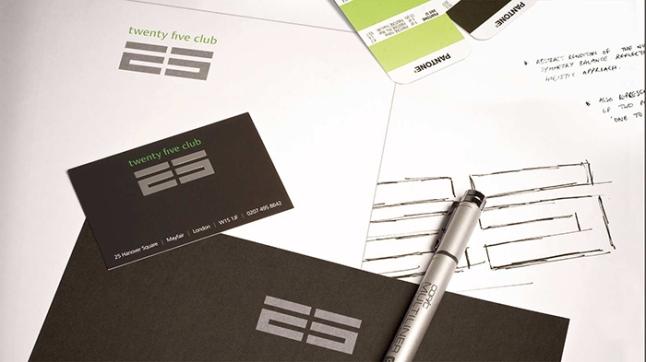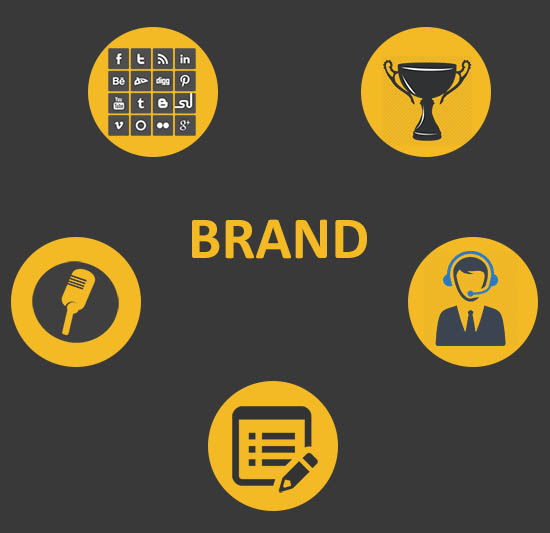 There are all sorts of ways that brands will try to establish themselves in 2015, some of which will be a bit different, novel and even bring a bit of fun back into the equation. However, some ideas will undoubtedly establish themselves as trends, usually led by the innovative minds at top creative agencies and taken up by the most forward thinking of marketing executives. But what are the trends to look out for in 2015?
There are all sorts of ways that brands will try to establish themselves in 2015, some of which will be a bit different, novel and even bring a bit of fun back into the equation. However, some ideas will undoubtedly establish themselves as trends, usually led by the innovative minds at top creative agencies and taken up by the most forward thinking of marketing executives. But what are the trends to look out for in 2015?
Honesty Around Big Data
One of the big trends of 2014 was big data capture. The brands that have it will possess a marketing edge over their competitors for years to come, so long as they use the data wisely to predict what it is the customer really wants. Customer retention is something will be easier for those who have made a significant investment in data capture, although 2015 is likely to see more openness from brands about how data is captured, how it’s stored and how it’s used. Any branding company should be recommending greater transparency in this area to allay customers’ fears over identity fraud and data security.
Greater Empathy
Brands certainly need to demonstrate an understanding of their clients’ needs, but only those who truly put themselves in their customers’ shoes will get to the heart of the matter. So often, empathy is reserved for post-sale customer service issues, largely when things go wrong. In 2015, empathy will be increasingly shifted to a pre-sale customer experience, so expect advertisements to focus on greater and more in-depth customer focused and understanding. For smaller brands this will be driven by their Youtube channels and online presence, but larger businesses will also focus on greater empathy in their above the line campaigns; TV, press and outdoor marketing activities.
Brand Empowerment
This year, many brands will throw over their identity to their customers and clients in a way that we’ve never seen before. From crowd sourcing to logo interpretation and social media engagement, empowering stakeholders, rather than shareholders, will be what it is all about in the next twelve months. The idea is that corporate identity will be increasingly humanised and, for the most successful brands, this will lead to a personalisation of the relationship between brand and consumer. Empowerment will be the byword for any brand that wants to be a ‘friend’ of its customers.




